Want to opt out of ERP 2.0's touchscreen display? Here's what it will mean for you
Motorists are “strongly encouraged” to install all three components – a processing unit, an antenna and a touchscreen display – of the new on-board unit to access the full range of features, advised the Land Transport Authority.
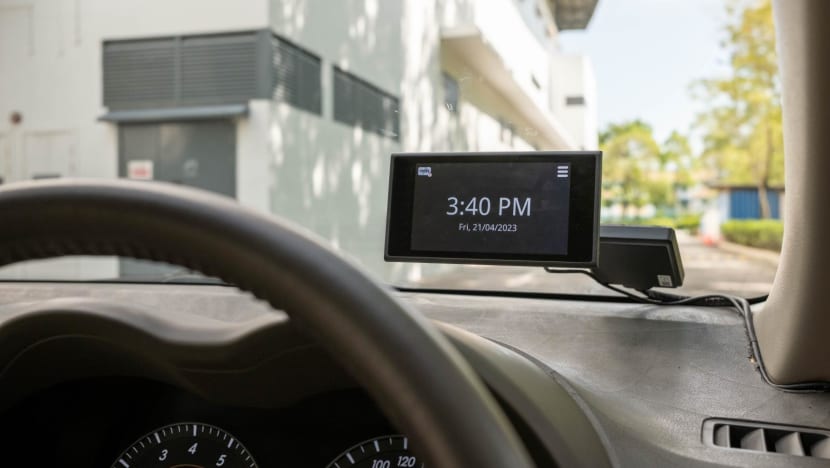
An on-board unit (OBU) with a touchscreen display. (Photo: Land Transport Authority)

This audio is generated by an AI tool.
SINGAPORE: Under the ERP 2.0 system, current in-vehicle units will be replaced with the new on-board unit (OBU) starting with company vehicles from Nov 1.
The new OBU will comprise three components: A processing unit, an antenna and a touchscreen display. In motorcycles, these three components will be integrated into a single-piece unit.
When the design was first announced in 2020, some motorists complained that the new unit would be too bulky and inelegant. Having taken in the feedback, the Land Transport Authority (LTA) on Monday (Oct 23) noted that motorists can opt out of installing the touchscreen display.
CNA explains how doing so might affect motorists, and what to expect from the OBU installation process.
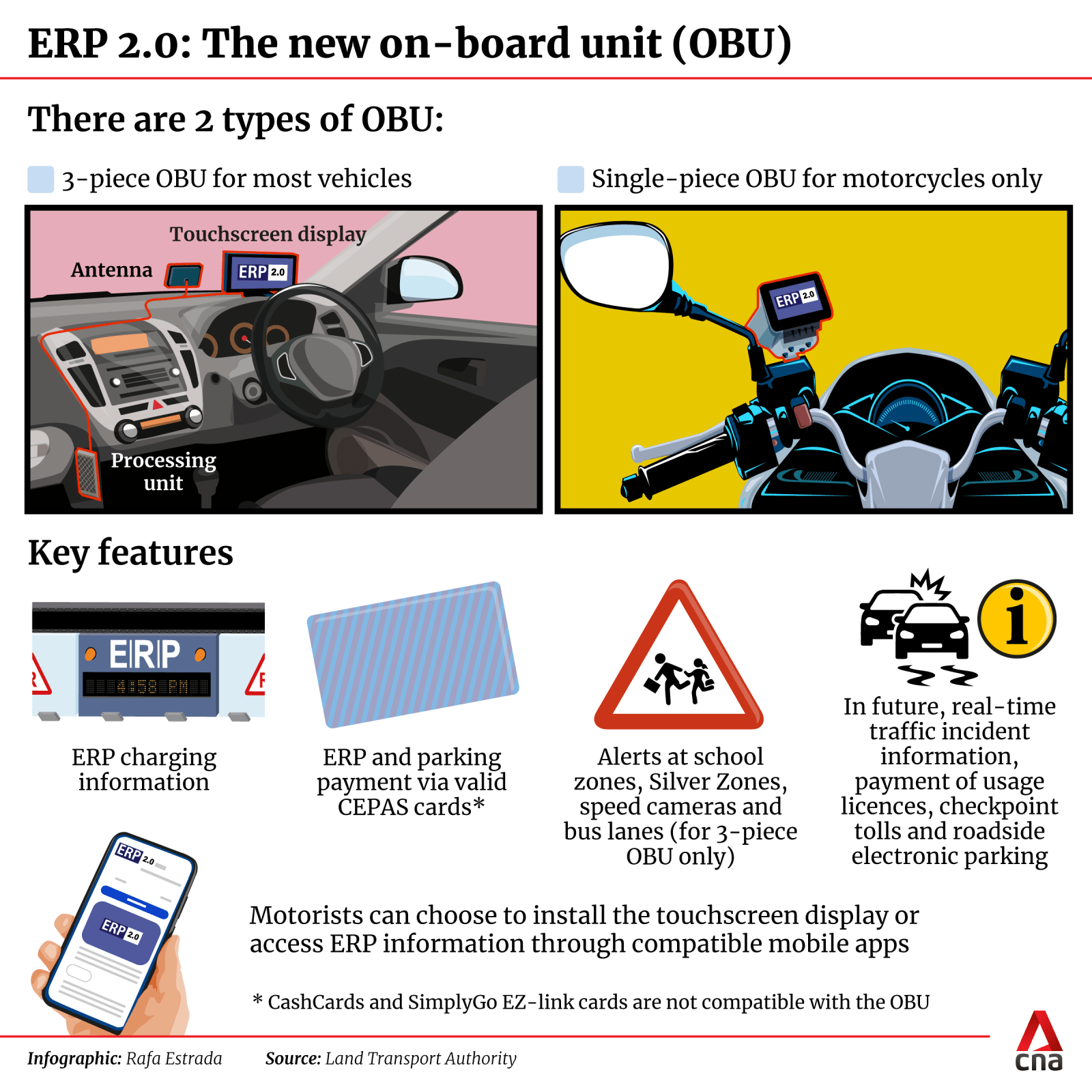
What information will be available on the touchscreen display?
All eligible Singapore-registered vehicles will get their unit for free, and are “strongly encouraged” to install all three OBU components to access the full range of features, LTA said.
The touchscreen display will give motorists ERP-related information like ERP charges and card balance. It will also provide road and traffic updates, such as the location of Silver Zones, School Zones, speed cameras and bus lanes.
Silver Zones are specially designated residential areas with a high proportion of seniors, where the speed limit is reduced.
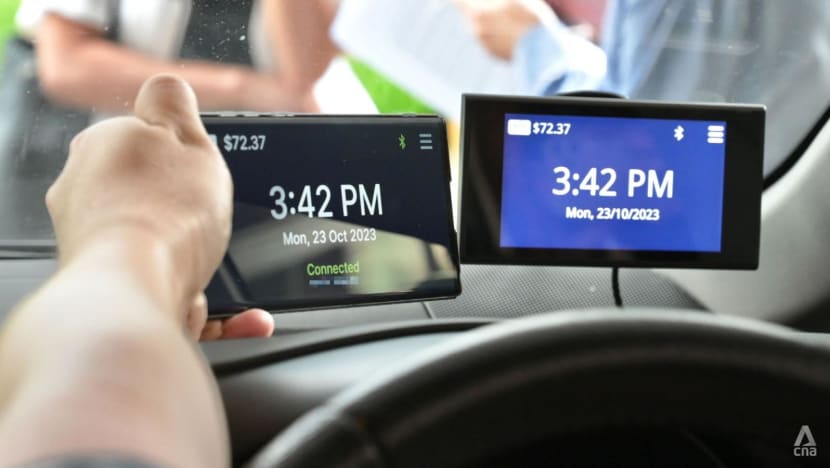
When ERP 2.0 is fully rolled out, the touchscreen display can support additional features, such as real-time traffic alerts like road closures and accidents, as well as payment for roadside parking. Singapore-registered cars will also be able to pay for tolls at the checkpoints.
Addressing safety concerns, LTA noted that the position of the touchscreen display will not obstruct the driver’s field of vision. The screen is also designed to be enabled only when the car is stationary or travelling at a slow speed.
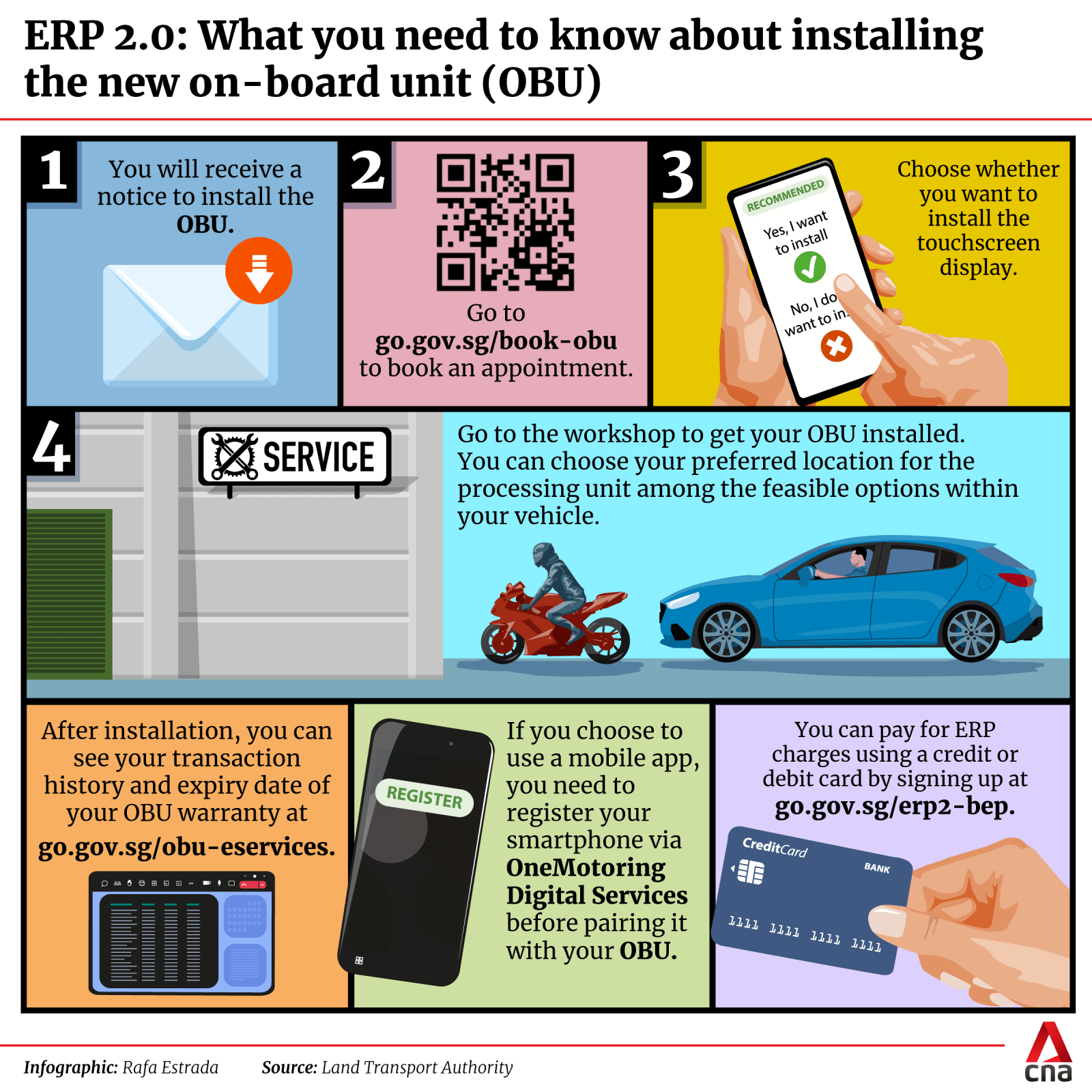
What will I miss without the touchscreen display?
Motorists will still have access to key OBU information without their touchscreen display.
They can get this information via compatible smartphone applications instead, such as LTA’s ERP 2.0 app or other third-party apps listed on LTA’s OneMotoring site.
Mobile apps will display such information from the OBU: Road pricing alerts, charging information, information about payment status, traffic information, card balance and status, as well as backend payment account indicator.
LTA has also released a software development kit to help developers create apps that integrate and display ERP 2.0 data, while maintaining “strict security safeguards” on such data.
How will ERP 2.0 benefit Singapore's traffic infrastructure? Listen to Daily Cuts:
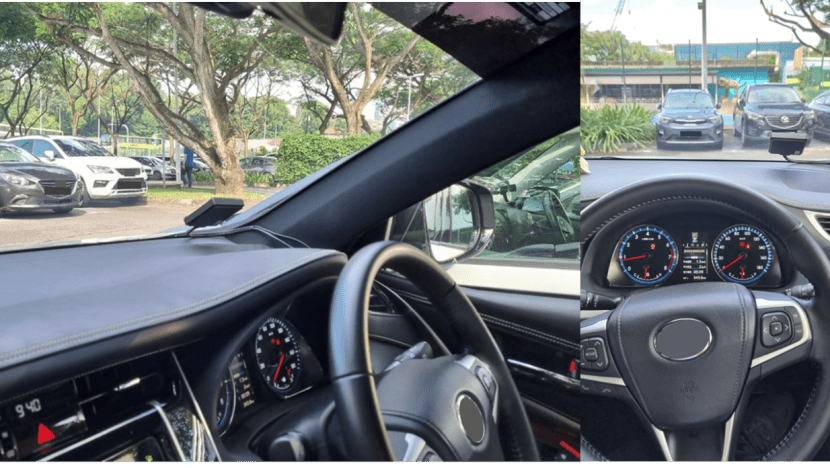
Why can’t a smartphone-based payment system be used?
In short, the OBU is more reliable, convenient and secure.
An entirely smartphone-based system will not offer the security and features that the current ERP 2.0 is designed to provide, said LTA.
“Given that there are different models of smartphones in the market, running on different operating systems and offering different security features, a standard issue OBU ensures that ERP transactions can be carried out reliably across different vehicles and vehicle environments.”
The OBU also eliminates other “operational issues” with a smartphone-based system. This includes having to ensure the mobile app is functioning, and that the phone is sufficiently charged and connected to the cellular network throughout the drive.
What should I expect from the installation process?
Motorists will receive a notification from LTA via letter, email and/or SMS to book an appointment through LTA’s appointment booking website. Installation is free if they complete it within the assigned two-month period.
On the appointment day, bring the vehicle to the chosen installation workshop. The installation duration could take about three hours – but this could get shorter as workshops become more familiar with the installation process.
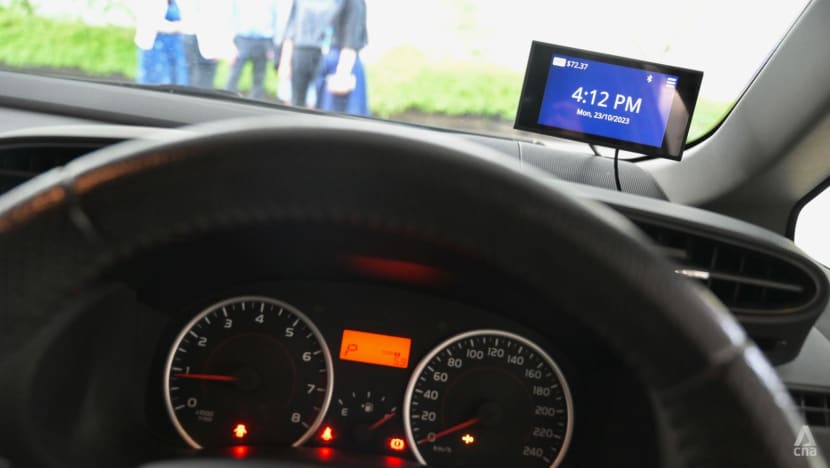
The antenna will be mounted on the windscreen in a way that does not obstruct the view of drivers or distract them, “without compromising on its communication” with the gantries and the new global navigation satellite system that will replace the existing system, said LTA.
The processing unit, which manages all payment-related transactions, will be mounted on the side of the front passenger footwell.
However, the feasibility of this position in each vehicle will be assessed at the workshop, and alternate locations will be suggested where necessary.
The installation process will differ for company vehicles, which are the first batch of vehicles to have the OBU installed from Nov 1.
For these vehicles, LTA will contact companies to schedule an appointment. Mobile teams will then be dispatched to their locations. This allows for flexibility in installation, timing and location for large fleets, such as outside of operating hours at a bus depot.
If motorists and companies need help after their OBU is installed, they can approach the same installation workshop for assistance. The OBU comes with a five-year warranty.
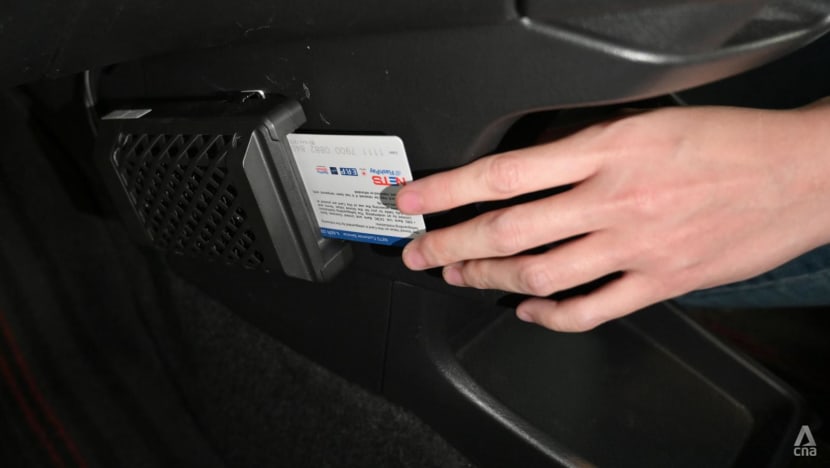
What if I decide to install the touchscreen display eventually?
All motorists will be given the three components of the OBU. If those who initially opt out of installing the touchscreen display change their mind, they can visit authorised workshops to get it installed.
However, this will be done at their own cost.
What are the ERP payment options with the new units?
CashCard and SimplyGo EZ-Link cards will not be supported in OBUs.
Instead, motorists should have a valid CEPAS card, such as the EZ-Link Motoring card, standard EZ-Link card, NETS FlashPay and the NETS Motoring card.
Backend payment options, such as from providers like EZ-Link Motoring Service and NETS Virtual CashCard, are also supported. Charges will be billed directly to the motorist’s preferred credit or debit card.
However, motorists are still advised to have a card on hand to pay for parking.














